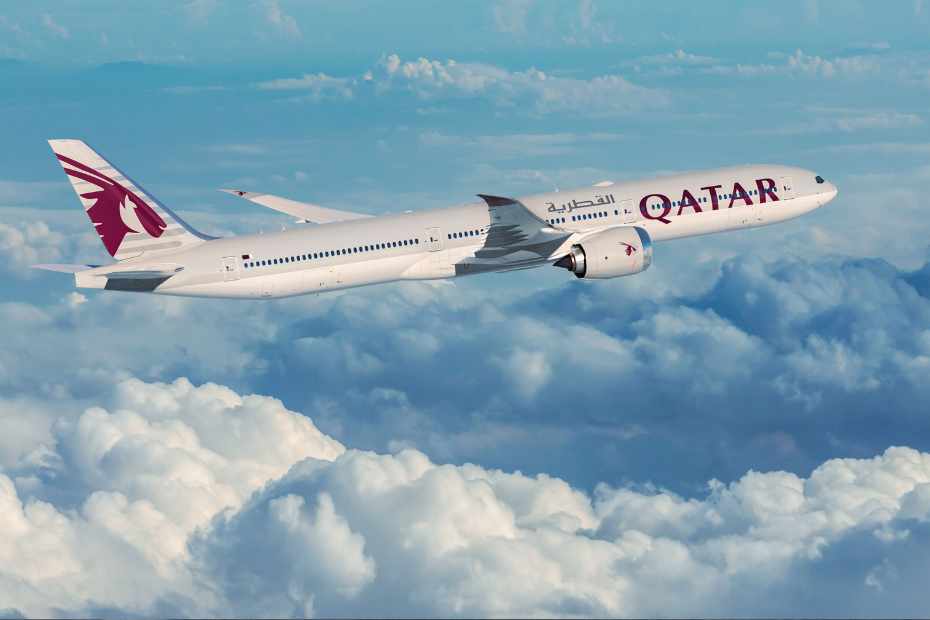How Horses Travel by Air to the Olympics in Versailles

Many horses competing at the Olympics in Versailles this year will be flying, at least for a portion of their journey. For most horses flying is very peaceful, said Charlotte Vanommeslaeghe, an elite-level freelance groom based in Saumur, France, who accompanied horses from Belgium to Tokyo in 2021. “It’s a relatively easy mode of transportation for them,” she said. “They handle it really well. They get a lot less shaken up than they do when riding in a truck, for example. The horses on my flights have pretty much slept most of the way.”
What Does Horse Air Travel Look Like?
Just before the flight, experienced equine transport personnel load horses into two-horse units with individual stalls measuring nearly four feet wide. The flooring in these stalls is rubber matting and typically covered with the bedding of each groom’s choice. The horses travel with hay nets and a water bucket attached to the wall, which the grooms refill every two hours during rounds. Veterinarians are often on board to treat the horses in case of a medical emergency. The air temperature on planes is kept cool—in the 60s F, within the equine thermal comfort zone—and grooms do not blanket the horses. While the stalls are generally too small for lying down, airborne horses can rest while standing, Vanommeslaeghe said.

There’s not enough room for all the horses’ grooms on board, so national federations entrust their mounts to the few grooms selected for travel. “We discuss the individual needs of each horse with its groom, who gives us a sort of travel kit for whatever the horse might need during the flight, like electrolytes or earplugs, and a list of specific instructions,” Vanommeslaeghe explained.
International Rules for Horse Transportation
The Fédération Equestre Internationale (FEI) has established rules about how horses should travel to FEI events—including the Olympic Games. “During transportation, horses must be fully protected against injuries and other health risks,” the FEI Code of Conduct for the Welfare of the Horse states. “Vehicles must be safe, well-ventilated, maintained to a high standard, disinfected regularly, and driven by competent personnel.”
The code also mandates that “competent handlers” be constantly available to manage horses during transport. Horses must have access to food and water at all times, and journeys must be carefully planned and include programmed rest periods.
Competent means having experience with horses andwith the type of travel, said Barbara Padalino, PhD, associate professor at the University of Bologna, in Italy. “Grooms often want to travel with their horses, but they’re unfamiliar with management by air,” she said. “It’s better that horses are handled by professional flight grooms.”
What to Expect When Flying With Horses
In her 2024 study of 118 horses traveling by air, Padalino found that while most horses travel peacefully during flight, some tend to get agitated during takeoff and landing. A few horses develop watery nasal discharge during flight, she added. Even so, if they’re given the opportunity to rest and to graze or eat hay with their heads down after arrival, this usually clears up within 24 hours.
Most airborne horses show significant signs of fatigue, such as being less responsive, toward the end of the journey, said Padalino. In the first five days of arrival, the horses in her study spent most of their time resting.
“Transport even when managed well is still something that causes tiredness in the horses and often dehydration, inflammation, and elevation of muscle enzymes,” Padalino said. “So it is better to arrive earlier and let the horse rest, stretch, eat from the ground, and recover.”
Many Olympic horses will arrive within the vicinity of Versailles at least five days in advance of competition, said Philippe Benoit, DVM, Dipl. ACVSMR, independent equine sports medicine consultant and former show jumping veterinarian for the French Equestrian Federation. Several private stables in the surrounding areas have offered to house Olympic horses in biosecure areas as they rest from their journeys and adapt to the local climate, he said.
Transporting Horses to Versailles
In Versailles horse trucks will first go to a holding area near the palace and then advance to a secure unloading area by appointment according to a strict schedule, said Jean Morel, sport manager at GL Events Equestrian Sport, in Lyon, France, and the official organizer of the 2024 Olympic equestrian events. This unloading zone will be entirely enclosed and restricted to ensure both biosecurity and physical security.
“We’re bringing the horses into the park of Versailles—which is a very large area—so if a horse gets loose or there’s any other problem, they will be safe,” Morel said. Once horses have passed a veterinary inspection in the unloading zone, they will be led directly to their stables.
In Tokyo the FEI reported it took 19 flights to bring all the competing horses to the city. Up to 38 horses flew on each flight, along with 13.5 metric tons of tack and equipment and 12 metric tons of feed.
Take-Home Message
Horses typically handle air travel well and are always accompanied by experienced grooms and veterinarians for the duration of their flight. The FEI has set in place strict rules to ensure equine well-being during air travel. Because flying can be physically taxing for horses, most teams have scheduled several days for their horses to rest before travelling by truck to the competition grounds.
Related
Turkish Airlines and Qatar Airways Suspend Mogadishu Flights Following US…
Home » Airlines News of Qatar » Turkish Airlines and Qatar Airways Suspend Mogadishu Flights Following US Embassy Terror Alert, Raising Security Concerns at
Local tourism destinations grow fast
Men sit at the Doha Corniche backdropped by high buildings in Doha on March 3, 2025. Photo by KARIM JAAFAR / AFP DOHA: Local tourism destinations are g
Hajj, Umrah service: Qatar Airways introduces off-airport check-in for pilgrims
Image credit: Supplied Qatar Airways has introduced an off-airport check-in
IAG, Qatar Airways, Riyadh Air, Turkish Airlines, Lufthansa & more…
Turkish Airlines – a Corporate Partner of the FTE Digital, Innovation & Startup Hub – is charting a course to rank among the top 3 global airlines for












